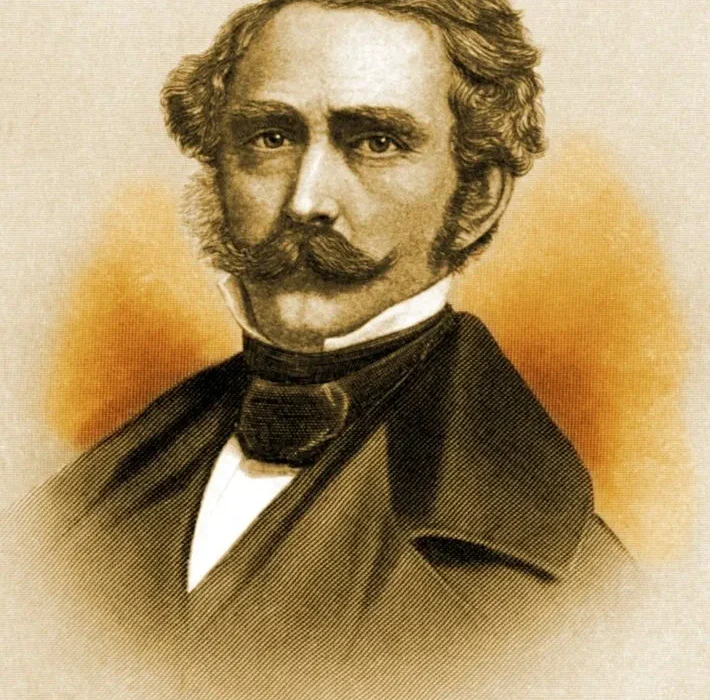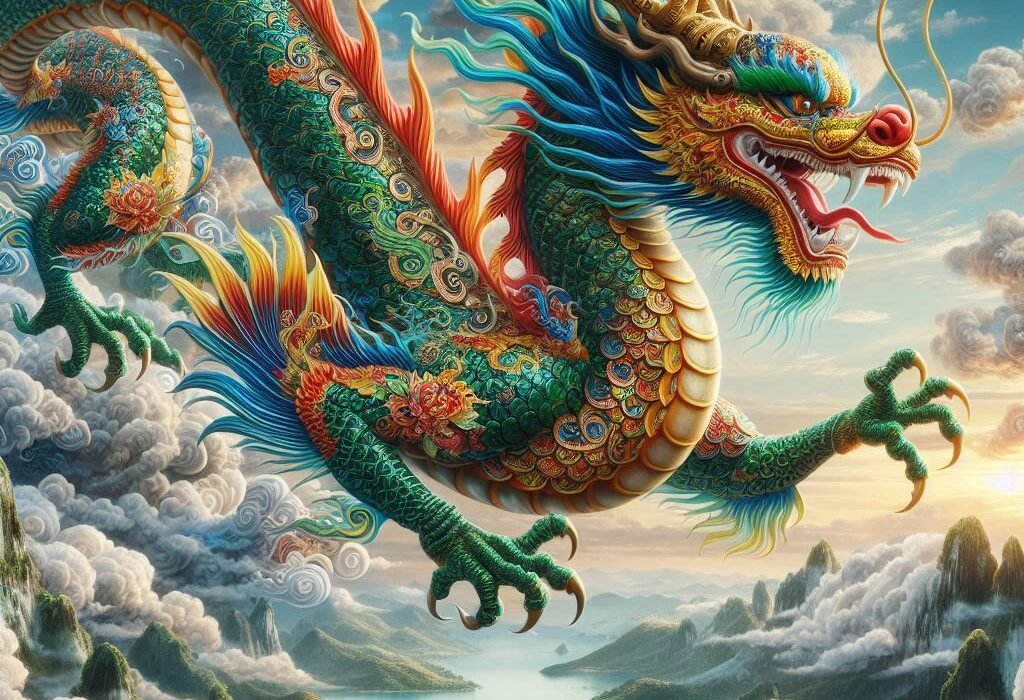Few legends in history have captivated explorers, dreamers, and adventurers like El Dorado. The name conjures images of a lost city paved with gold, hidden deep in the impenetrable jungles of South America. Tales of immense wealth and mystery swirled in European courts for centuries, driving men to risk their lives in pursuit of the unimaginable. But El Dorado was never a city—or at least, not at first. The truth is more intriguing, more complex, and perhaps even more reflective of humanity’s obsession with power, myth, and meaning.
The origin of El Dorado is not one of golden towers, but of a golden man. In the early 1500s, Spanish conquistadors heard whispers of a ritual practiced by a Muisca chieftain near present-day Colombia. According to native accounts, the ruler would be covered in gold dust and paddle a raft into the middle of Lake Guatavita. There, he would offer treasures to the gods, tossing gold and emeralds into the depths. This ritual became the seed of a myth that would soon grow into a continent-wide obsession.
From Ceremony to City: The Mutation of a Myth
As Spanish ambitions clashed with the tangled realities of South America, the story of El Dorado began to morph. No longer just a gilded man, El Dorado evolved into a city—then a kingdom, then an empire. Each failure to find it only added fuel to the imagination. If one lake had gold offerings, surely there were others. If one tribe revered gold so deeply, there must be entire civilizations built upon it.
By the mid-16th century, El Dorado was less of a specific location and more of a shimmering symbol—an ever-shifting promise of untold wealth just beyond the next river bend. The Spanish, Portuguese, Dutch, Germans, and English launched expeditions into the wild heart of the continent. They crossed mountains, forged rivers, battled disease, fought indigenous resistance, and often died in pursuit of what they believed was a city of gold. But El Dorado always remained elusive, like a dream evaporating at dawn.
Francisco de Orellana and the Amazonian Quest
Among the earliest and most famous attempts to find El Dorado was the expedition of Francisco de Orellana in 1541. Accompanying Gonzalo Pizarro, brother of the infamous Francisco Pizarro, Orellana embarked on a harrowing journey across the Andes and into the Amazon basin. The journey was brutal—rations dwindled, morale collapsed, and many died. Eventually, Orellana separated from Pizarro and continued down the Amazon River, becoming the first European to navigate its full length.
Though Orellana never found gold, he reported witnessing sophisticated cities along the Amazon—vast settlements, complex agriculture, and structured societies. For centuries, his accounts were dismissed as exaggeration or hallucination born of hunger and despair. Yet modern archaeology is now proving Orellana may have been right. Buried beneath the jungle canopy are the remains of ancient Amazonian civilizations, possibly home to hundreds of thousands. Could these have been the real El Dorado?
The German Conquistador and the Phantom Kingdom
Another notable figure in the El Dorado saga is Philipp von Hutten, a German nobleman who launched an expedition into Venezuela and Colombia in the 1540s. He followed tales of a golden empire ruled by an enigmatic figure known only as the Omagua. The Omagua, he believed, ruled a city glittering with wealth beyond imagination.
Von Hutten’s journey was filled with hardships, betrayals, and near-death experiences. Like others before him, he returned empty-handed, defeated by nature and misled by myths. But his writings added another layer to the growing body of lore surrounding El Dorado. Each failure reinforced the idea that the treasure must be real—after all, why would so many risk everything for a lie?
Lake Guatavita: The Original El Dorado?
While explorers chased distant phantoms, others turned their attention to the original source of the myth—Lake Guatavita. Located high in the Andes near Bogotá, the lake was the center of the Muisca people’s gold rituals. In 1545, the Spanish attempted to drain the lake, digging a channel to lower the water level. Though some treasures were recovered—gold ornaments, trinkets, and emeralds—the lake yielded no massive hoard. Still, the partial success suggested that the ritual was real.
In 1911, British treasure hunters used modern pumps to drain the lake further, revealing more artifacts. Yet even then, the great treasure many expected remained elusive. The belief persisted that the biggest offerings lay in the deepest center, unreachable by technology of the time. Over the years, attempts to extract gold from Guatavita became entangled with looting, exploitation, and eventually, government protections. Today, the lake is a national heritage site, off-limits to treasure seekers.
The Real Treasure of the Muisca
In truth, the Muisca civilization was wealthy—but not in the sense the Spanish imagined. Their wealth was symbolic, ritualistic, and spiritual. Gold was not currency but a medium for storytelling, worship, and cosmology. Muisca artisans produced intricate objects known as tunjos—tiny figures, animals, and scenes—crafted from gold using lost-wax techniques.
These objects told stories, honored gods, and represented power not through accumulation, but through offering. In their worldview, giving gold to the gods sustained cosmic balance. The Spanish, obsessed with hoarding wealth, could not fathom a society that threw gold into lakes as a spiritual gesture. This cultural misalignment is perhaps the most tragic misunderstanding in the El Dorado saga.
The Amazon’s Vanished Civilizations
For centuries, the notion that advanced civilizations once thrived in the Amazon was dismissed. The rainforest was seen as inhospitable to large-scale agriculture or cities. But a new wave of discoveries is challenging that narrative. Using LIDAR (Light Detection and Ranging), archaeologists have uncovered massive earthworks—geometric mounds, roads, and settlement patterns—hidden beneath the canopy.
In Bolivia and Brazil, the remnants of pre-Columbian societies are being unearthed. These include raised fields, fish traps, and pottery shards from dense populations that thrived in environmental harmony. The so-called “terra preta”—a rich, black anthropogenic soil—suggests intentional land management over centuries. These findings imply that large, organized societies did exist in the Amazon, possibly with populations in the hundreds of thousands before European diseases decimated them.
Could these cultures have been the source of El Dorado legends? It’s possible. As knowledge of these societies spreads, our understanding of El Dorado shifts from myth to memory—an embellished echo of something that once was real.
A City of Gold, or a Mirror of Greed?
The legend of El Dorado also serves as a cautionary tale. The relentless pursuit of gold led to incalculable destruction. Indigenous cultures were disrupted, populations enslaved or exterminated, and landscapes scarred—all in the name of treasure that may never have existed in the way conquerors imagined.
Yet the power of the myth persists because it taps into something universal. El Dorado is not just a place, but a dream—a metaphor for the unreachable, the eternal “next thing.” In this sense, El Dorado is less about gold and more about the human condition. The need to believe in hidden treasures, the drive to chase utopia, the endless hunger for more.
Even today, El Dorado has its modern equivalents: Silicon Valley fortunes, secret investment opportunities, crypto millionaires, and space colonization. The object of the dream changes, but the myth endures.
The Psychological El Dorado: Why We Chase the Mirage
There’s a psychological depth to El Dorado that extends beyond history. The myth reveals how humans construct realities from desire. Explorers didn’t just hear rumors—they filled in the blanks with their own projections. Gold wasn’t just wealth; it was validation, power, and immortality. Finding El Dorado meant rewriting one’s fate, becoming a legend.
In many ways, El Dorado is a reflection of ourselves. It is what we want to see: riches, redemption, glory, salvation. That’s why the myth is so adaptable. It can be a city, a man, a kingdom, a jungle ruin, a lake, or even a new scientific frontier. We imbue it with meaning, then chase it at any cost.
This tendency to mythologize—and then pursue—has shaped human history in profound ways. It has driven migrations, sparked wars, birthed nations, and, as in the case of El Dorado, sent men into green infernos from which many never returned.
Reimagining the Real El Dorado
So where is the real El Dorado? The answer may lie in reinterpreting the question. If El Dorado is a literal city of gold, perhaps it never existed. But if El Dorado is a symbol of indigenous richness, spiritual values, artistic mastery, and societal complexity, then it was always real.
It existed in the ritual of the gilded chieftain at Lake Guatavita. It lived in the Muisca cosmology that treated gold as sacred, not monetary. It thrived in the massive, organized societies of the Amazon, long before European eyes ever saw them. It was buried, not by jungle, but by centuries of colonial erasure.
Rediscovering El Dorado, then, is not just about unearthing ruins or diving into lakes. It’s about unlearning imperial myths and listening to the voices that were silenced. It’s about acknowledging that the real treasures of South America were its people, its cultures, its philosophies—and not the gold trinkets plundered by conquistadors.
Conclusion: The Gold That Was Never Lost
The search for El Dorado was never really about gold. It was about yearning—for glory, for meaning, for something beyond the ordinary. In that sense, El Dorado is a timeless story. It tells us who we are: restless, ambitious, hopeful, and sometimes blind to what’s right in front of us.
Today, we no longer need to believe in golden cities hidden in the jungle. But we still chase El Dorado—in science, in wealth, in the promise of something better. The real discovery is not in finding the city, but in understanding why we keep searching.
The real El Dorado was never lost. We just didn’t know where to look.






